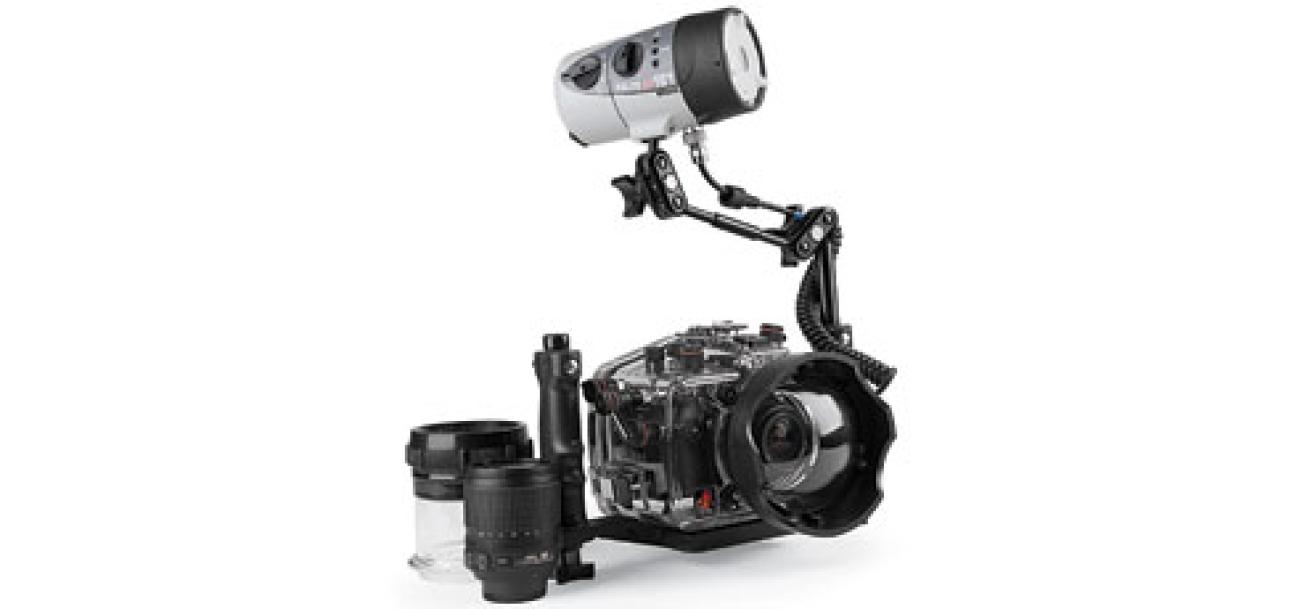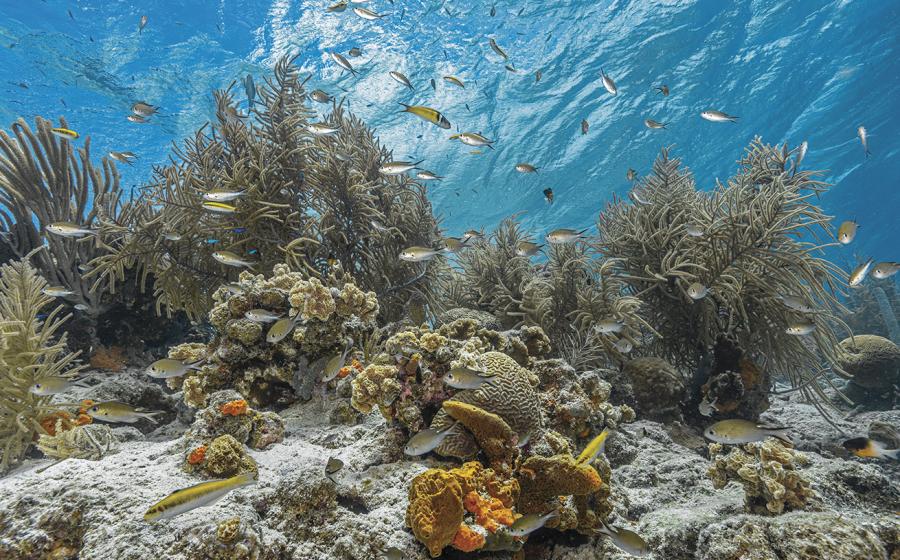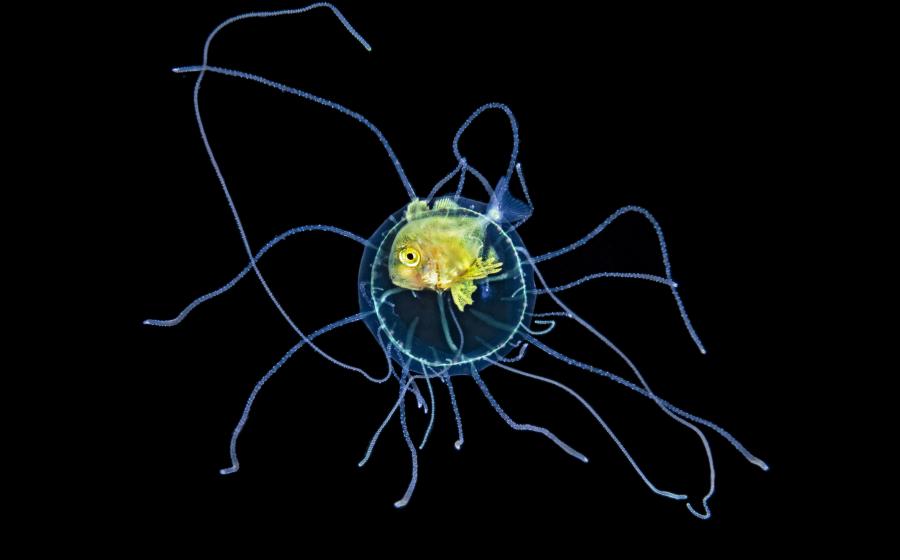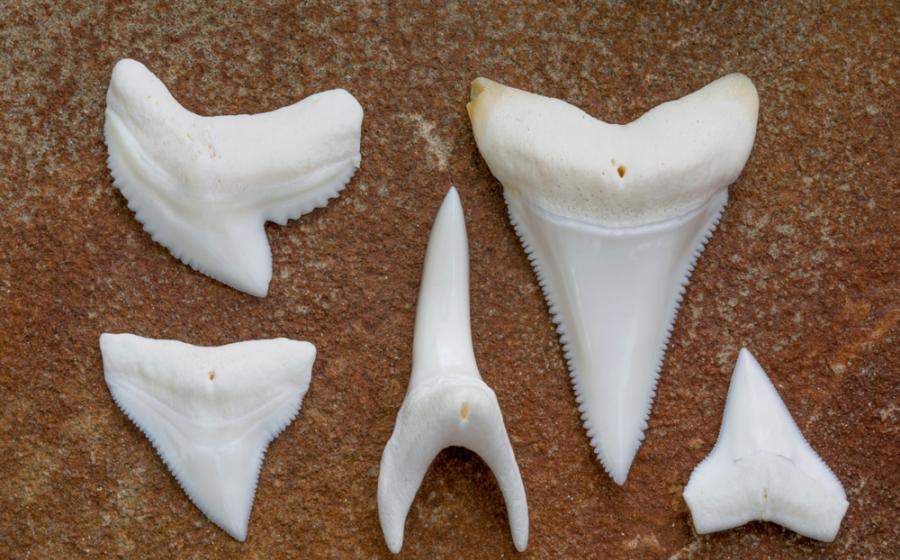ScubaLab: Underwater Camera Systems - Ikelite for the Nikon D90

Specifications
| Sensor | 12.3 MP, 23.6x15.8 mm CMOS |
| Image Size | Large: 4,288x2,848; Medium: 3,216x2,136; Small: 2,144x1,424 |
| Sensitivity | ISO 200-3,200 |
| Image File Formats | NEF RAW, JPEG |
| Auto Focus | 11 area TTL; 3-D tracking |
| Exposure Modes | Auto, 6 presets, Kelvin Color Temperature or Manual |
| White Balance | 9 presets including Manual, plus white-balance shift |
| Weight | 1.6 pounds (with battery) |
| Monitor | 3-inch, 920,000 pixel TFT LCD with 170-degree viewing angle |
| Zoom | Dependent on Lense |
| Video Mode | 720p HD (24 fps) |
| Special Features | In-camera retouching, face detection, vignetting control in camera, active D-Lighting, auto sensor cleaning |
| System as Tested | Ikelite D-90 housing, Nikon D90 camera, one Ikelite DS-161 strobe. Used two lenses: the Nikon 20 mm lens with an Ikelite 8-inch dome port, and a Nikon 105 mm lens with an Ikelite macro port. |
| Price as Tested | $3,450 (camera, lens, housing) |
| www.canon.com | |
| www.ikelite.com |
The Pros Say
This camera system would be considered a digital SLR. Its major features include a DX sensor at a size of 23.6x15.8 mm, ISO range of 100-6,400 and shoots video at 720p and 24 fps.
The Test Diver Says
Breaking it down into its systems, the Nikon D-90 DSLR camera is a great all-around camera that combines some of Nikon’s higher-end features with a nicer sticker price. The menu is full of features and arranged by using icons to identify the major function categories, making it easy to know where you are without having to reference the manual. However, because the camera is full of really cool features, there is no substitute for the manual to get the most out of the camera. Because there are a lot of features, controls and adjustments, it will take some time to learn all of the relevant ones for underwater photography. Knowing where the controls are in relation to the housing buttons and being able to change the settings on the fly for changing conditions might be too much for the casual user. As far as DSLR cameras go for the underwater-photography aficionado who is passionate about manual settings, this one will easily fit the bill for anyone interested at that price point. The Ikelite housing is a lightweight polycarbonate housing utilizing through-the-housing manual controls and a removable camera tray. The housing also has two handles with push-button releases for strobe attachments. Having owned an Ikelite housing some years ago, I can say that one of the great pros about Ikelite housings is affordability. Even though there are some that don’t like “through the housing” manual controls, Ikelite’s “Quad O-Ring” system boasts an impressive reliability record. I have never had a problem with mine, and I suspect that with proper care and maintenance, this housing will provide many years of service. Attaching the camera to the tray and installing it in the housing was easy. I didn’t have a manual-focus ring attached to this rig, and because the lens was a fixed focal length, there wasn’t a zoom ring either. Even in high-end systems these can be a little tricky to attach and install, but it wasn’t a factor here. The camera balanced well underwater even with one strobe, and the handles were spaced far enough away from the housing to easily hold even with 5 mm gloves. The push-button controls worked well, but combining them with the wheel controls because they were on opposite sides of the housing to change things like the ISO, the shutter and aperture was harder than expected. There wasn’t enough friction on the camera controls to get them to turn without pushing hard on the housing controls — there might be a tweak that I’m unaware of for this model. All manufacturers have different shapes and materials for the internal wheels, and different ways of getting them to grip the camera controls; in a game of submillimeters, too much friction could damage the camera controls, and too little will cause slippage, eventually wearing down the internal housing wheel and rendering it useless and in need of replacement. The lever controls worked fine, but like the rest, to combine them with others to change settings requires you to cradle the housing between your knees or use a third hand if you are so equipped. Finally, the strobe arm attachments on top of the handles had more play in them than I would like. I’m not sure if that might promote premature wear and tear, but the feeling of them rocking back and forth underwater was a little unnerving until I figured out this was normal operation. If price-point is the most important factor in choosing a housing for your DLSR, this is a good choice. The trade-off would be ease and convenience of the controls. If you are willing to work around some of these, then this housing will work for you. The Ikelite DS161 Substrobe is a medium-to-large TTL strobe with a Modeling Light and Movie Light function. This is a powerful strobe with an impressive guide number of 38 underwater and easy to operate controls. It has a dual-use function of “constant on” for shooting video, which is a nice feature to have. It balanced well with the housing I reviewed, and the two-segment arm was easily adjustable. The battery was easy to remove. Underwater I couldn’t get the strobe to talk to the camera while both were in manual mode. With the camera in full auto and the strobe in TTL, it would function fine. It would also function fine topside, but as soon as it hit the water, they both shut up. After having the onboard photo pros examine the system, verifying that the camera menu, hot-shoe attachment and sync cord were all functioning properly, we could not resolve the problem in the time we had allotted. I’m confident the Ikelite design team tested the system before release, but without more troubleshooting on our part, I couldn’t draw a conclusion. — Joe Drago
| August 2010 Issue Scuba Lab Review Quick Links |
|---|
| Optical Cameras |
| --- |
| Canon Powershot D10| Fisheye Fix for the Canon G11 |
| Fisheye Fix for the Canon S90| Sea&Sea; DX-2G |
| Bonica for the Sony T90| |
| Micro Four-Thirds Camera |
| --- |
| Olympus PT-EP01 for the E-PL1 |
| Digital SLR Cameras |
| --- |
| Ikelite for the Nikon D90| Nauticam for the Canon 7D |

Specifications
| Sensor | 12.3 MP, 23.6x15.8 mm CMOS |
| Image Size | Large: 4,288x2,848; Medium: 3,216x2,136; Small: 2,144x1,424 |
| Sensitivity | ISO 200-3,200 |
| Image File Formats | NEF RAW, JPEG |
| Auto Focus | 11 area TTL; 3-D tracking |
| Exposure Modes | Auto, 6 presets, Kelvin Color Temperature or Manual |
| White Balance | 9 presets including Manual, plus white-balance shift |
| Weight | 1.6 pounds (with battery) |
| Monitor | 3-inch, 920,000 pixel TFT LCD with 170-degree viewing angle |
| Zoom | Dependent on Lense |
| Video Mode | 720p HD (24 fps) |
| Special Features | In-camera retouching, face detection, vignetting control in camera, active D-Lighting, auto sensor cleaning |
| System as Tested | Ikelite D-90 housing, Nikon D90 camera, one Ikelite DS-161 strobe. Used two lenses: the Nikon 20 mm lens with an Ikelite 8-inch dome port, and a Nikon 105 mm lens with an Ikelite macro port. |
| Price as Tested | $3,450 (camera, lens, housing) |
| www.canon.com | |
| www.ikelite.com |
The Pros Say
This camera system would be considered a digital SLR. Its major features include a DX sensor at a size of 23.6x15.8 mm, ISO range of 100-6,400 and shoots video at 720p and 24 fps.
The Test Diver Says
Breaking it down into its systems, the Nikon D-90 DSLR camera is a great all-around camera that combines some of Nikon’s higher-end features with a nicer sticker price. The menu is full of features and arranged by using icons to identify the major function categories, making it easy to know where you are without having to reference the manual. However, because the camera is full of really cool features, there is no substitute for the manual to get the most out of the camera. Because there are a lot of features, controls and adjustments, it will take some time to learn all of the relevant ones for underwater photography. Knowing where the controls are in relation to the housing buttons and being able to change the settings on the fly for changing conditions might be too much for the casual user. As far as DSLR cameras go for the underwater-photography aficionado who is passionate about manual settings, this one will easily fit the bill for anyone interested at that price point. The Ikelite housing is a lightweight polycarbonate housing utilizing through-the-housing manual controls and a removable camera tray. The housing also has two handles with push-button releases for strobe attachments. Having owned an Ikelite housing some years ago, I can say that one of the great pros about Ikelite housings is affordability. Even though there are some that don’t like “through the housing” manual controls, Ikelite’s “Quad O-Ring” system boasts an impressive reliability record. I have never had a problem with mine, and I suspect that with proper care and maintenance, this housing will provide many years of service. Attaching the camera to the tray and installing it in the housing was easy. I didn’t have a manual-focus ring attached to this rig, and because the lens was a fixed focal length, there wasn’t a zoom ring either. Even in high-end systems these can be a little tricky to attach and install, but it wasn’t a factor here. The camera balanced well underwater even with one strobe, and the handles were spaced far enough away from the housing to easily hold even with 5 mm gloves. The push-button controls worked well, but combining them with the wheel controls because they were on opposite sides of the housing to change things like the ISO, the shutter and aperture was harder than expected. There wasn’t enough friction on the camera controls to get them to turn without pushing hard on the housing controls — there might be a tweak that I’m unaware of for this model. All manufacturers have different shapes and materials for the internal wheels, and different ways of getting them to grip the camera controls; in a game of submillimeters, too much friction could damage the camera controls, and too little will cause slippage, eventually wearing down the internal housing wheel and rendering it useless and in need of replacement. The lever controls worked fine, but like the rest, to combine them with others to change settings requires you to cradle the housing between your knees or use a third hand if you are so equipped. Finally, the strobe arm attachments on top of the handles had more play in them than I would like. I’m not sure if that might promote premature wear and tear, but the feeling of them rocking back and forth underwater was a little unnerving until I figured out this was normal operation. If price-point is the most important factor in choosing a housing for your DLSR, this is a good choice. The trade-off would be ease and convenience of the controls. If you are willing to work around some of these, then this housing will work for you. The Ikelite DS161 Substrobe is a medium-to-large TTL strobe with a Modeling Light and Movie Light function. This is a powerful strobe with an impressive guide number of 38 underwater and easy to operate controls. It has a dual-use function of “constant on” for shooting video, which is a nice feature to have. It balanced well with the housing I reviewed, and the two-segment arm was easily adjustable. The battery was easy to remove. Underwater I couldn’t get the strobe to talk to the camera while both were in manual mode. With the camera in full auto and the strobe in TTL, it would function fine. It would also function fine topside, but as soon as it hit the water, they both shut up. After having the onboard photo pros examine the system, verifying that the camera menu, hot-shoe attachment and sync cord were all functioning properly, we could not resolve the problem in the time we had allotted. I’m confident the Ikelite design team tested the system before release, but without more troubleshooting on our part, I couldn’t draw a conclusion. — Joe Drago
| August 2010 Issue Scuba Lab Review Quick Links |
|---|
| Optical Cameras |
| --- |
| Canon Powershot D10| Fisheye Fix for the Canon G11 |
| Fisheye Fix for the Canon S90| Sea&Sea; DX-2G |
| Bonica for the Sony T90| |
| Micro Four-Thirds Camera |
| --- |
| Olympus PT-EP01 for the E-PL1| |
| Digital SLR Cameras |
| --- |
| Ikelite for the Nikon D90| Nauticam for the Canon 7D |










